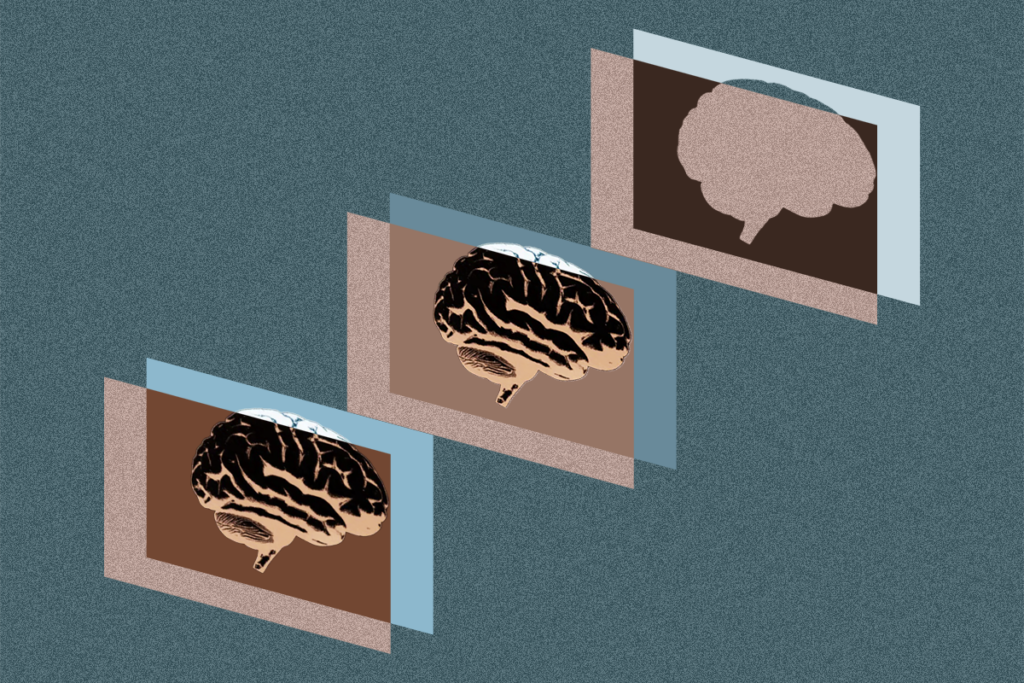PMDSF 2011
Recent articles
Root strategy
A new technique for creating stem cells from hair may help researchers understand how neurons and the junction between them form.

Root strategy
A new technique for creating stem cells from hair may help researchers understand how neurons and the junction between them form.
Meeting brings unusual focus to Phelan-McDermid syndrome
The first international meeting on Phelan-McDermid syndrome brought together researchers and family members of those affected by the disorder, sparking collaboration and some emotion.

Meeting brings unusual focus to Phelan-McDermid syndrome
The first international meeting on Phelan-McDermid syndrome brought together researchers and family members of those affected by the disorder, sparking collaboration and some emotion.
First-ever Phelan-McDermid meeting has its Eureka moments
The First International Phelan-McDermid Syndrome Symposium, held last week in New York City, brought together scientists and patient advocates to share insights — including a surprising realization about mice missing the SHANK3 gene.

First-ever Phelan-McDermid meeting has its Eureka moments
The First International Phelan-McDermid Syndrome Symposium, held last week in New York City, brought together scientists and patient advocates to share insights — including a surprising realization about mice missing the SHANK3 gene.
Explore more from The Transmitter
Exclusive: Recruitment issues jeopardize ambitious plan for human brain atlas
A lack of six new brain donors may stop the project from meeting its goal to pair molecular and cellular data with the functional organization of the cortex.

Exclusive: Recruitment issues jeopardize ambitious plan for human brain atlas
A lack of six new brain donors may stop the project from meeting its goal to pair molecular and cellular data with the functional organization of the cortex.
How pragmatism and passion drive Fred Volkmar—even after retirement
Whether looking back at his career highlights or forward to his latest projects, the psychiatrist is committed to supporting autistic people at every age.

How pragmatism and passion drive Fred Volkmar—even after retirement
Whether looking back at his career highlights or forward to his latest projects, the psychiatrist is committed to supporting autistic people at every age.
The brain’s quiet conductor: How hidden cells fine-tune arousal
New research published today suggests that the pericoeruleus acts as a kind of micromanager of arousal, selectively inhibiting different subgroups of locus coeruleus neurons depending on the behavioral context.
The brain’s quiet conductor: How hidden cells fine-tune arousal
New research published today suggests that the pericoeruleus acts as a kind of micromanager of arousal, selectively inhibiting different subgroups of locus coeruleus neurons depending on the behavioral context.